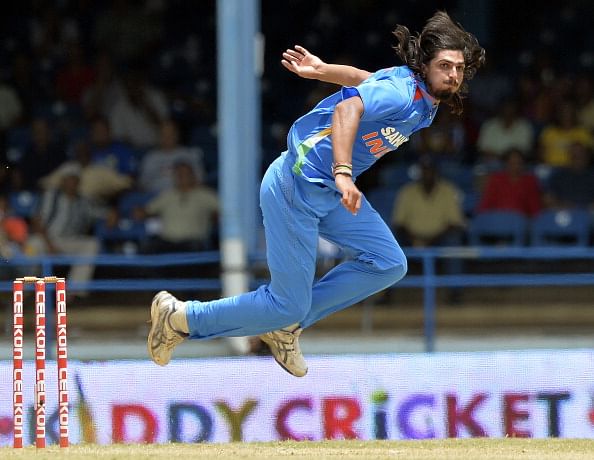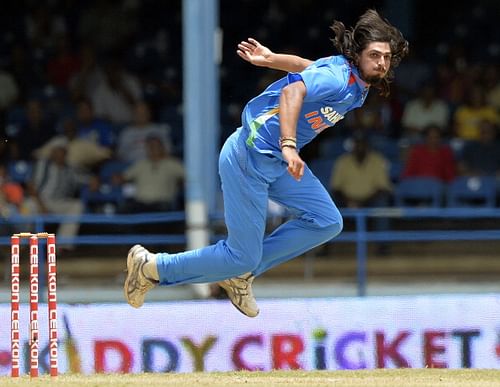
India vs Australia 2013: The tale of Indian cricketing incompleteness

Not just Ishant, but the rest of the bowlers are dependent on batsmen too to bail them out
It’s not about Ishant Sharma, it’s not about MS Dhoni‘s apparently misplaced confidence in him, and it’s definitely not about the Indian team facing the repercussions of changes in the playing rules.
The current precariousness, rollicking the Indian cricket team’s fortunes is rather on account of its boisterous swaggering riding on the successes of a few recently concluded tournaments.
As players after players talk about how the change in rules have impacted the strength and potential of the entire Indian bowling unit, of how Ishant Sharma’s merely lost confidence in the wake of a few disappointing bowling spells and the brilliant calculative mind of Dhoni in his decision to stick with Sharma for so long, it’s hard to believe that everyone has conveniently forgotten about the core underlying weaknesses plaguing Indian cricket.
The dearth of bowlers to take up effective curbing of runs in the slog overs has been a problem for India for quite some time now, leaving the batsmen to ensure that the team has enough cushioning margin to runs to guide them to victory.
Even in the second ODI, the bulk of the Australian 359 runs came towards the middle and end of their innings as compared to their start which seemed slow and sluggish.
There again, the lack of bowling resources was keenly felt though the heroics of Shikhar Dhawan, Rohit Sharma and Virat Kohli overshadowed yet another under-performance of the entire Indian bowling unit.
Blaming Ishant Sharma for the 30-run debacle is then pointless because the entire construct of the team relies on the batsmen. The same set of three batsmen, of which two failed to continue to take on from where they had left off in the second ODI.
Coupled with the aspect of the change in rules with regard to the second new ball and the field placements, the 303 runs that India had put up, courtesy of Dhoni and Kohli then indeed was a paltry figure; not because the Australians are exceptionally good when it comes to their batting, but because the Indian bowling resources are inadequate to stem the flow when needed.
It’s not about having the confidence to bowl effectively or the captain’s imprudent confidence in a certain bowler, but about being prudent enough to understand the larger picture in context. In this case, the change in rules.
That the team is now admitting to its inadequacies and continued frustration to tackle these new elements of cricketing rules also reflects on the Indian cricket team’s inability to deal with the situation when the situation fails to go their way.
For a side that is ranked as the world’s best ODI team, these inconsistencies and the so-called verbatim explanations by players and former Indian cricketers are downright demoralising. More so considering that most of these players and former players were boldly proclaiming India to be the ‘firmest’ favourites without any consideration to Australia at all.
In contrast, looking at the Australian team now, there doesn’t seem to be anything wrong with their playing order – all 11 of them. Their focus and the intense manner in which they have been able to torment India, in India, is nothing short of brilliant.
Exceptional, they still may not be, but the team has still managed to get the job done; in a more all-round manner when compared to the hosts. From underdogs to firm favourites in a span of three ODIs, the ramifications of a potential Australian victory in this series would go a long way in assuaging the despondency that has been surrounding the Australian cricket team.